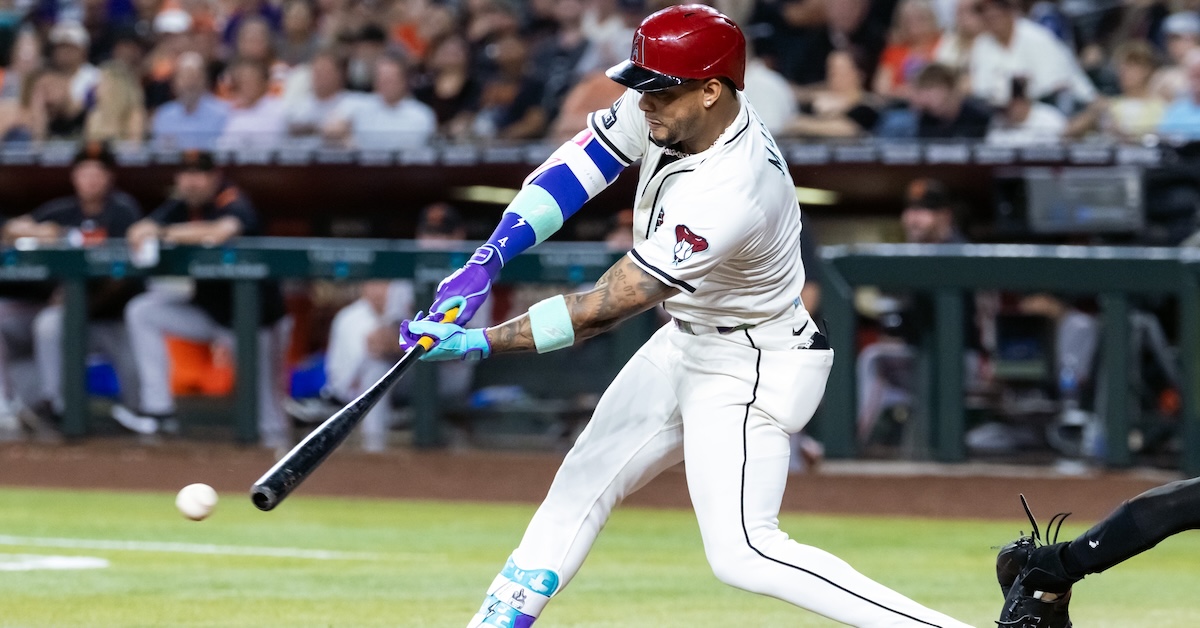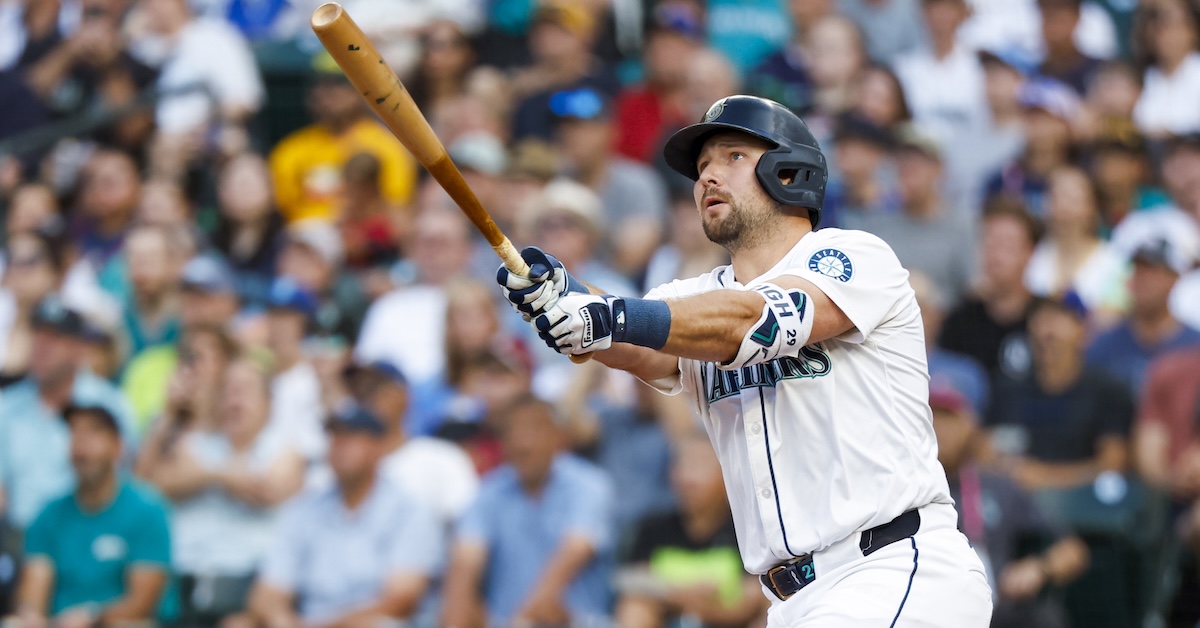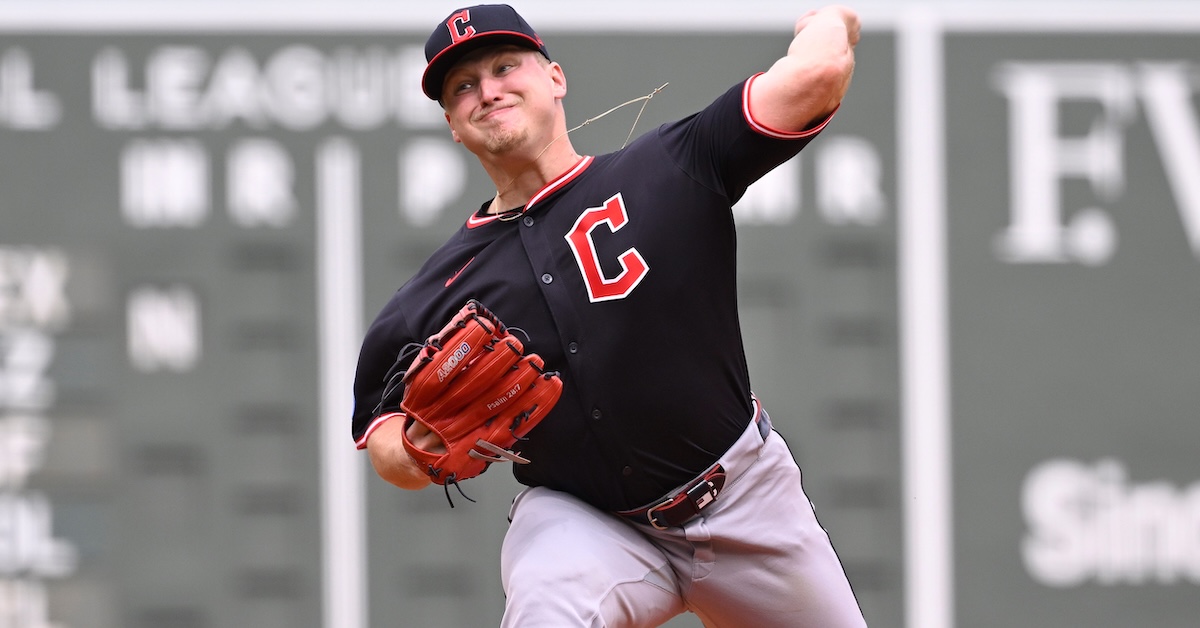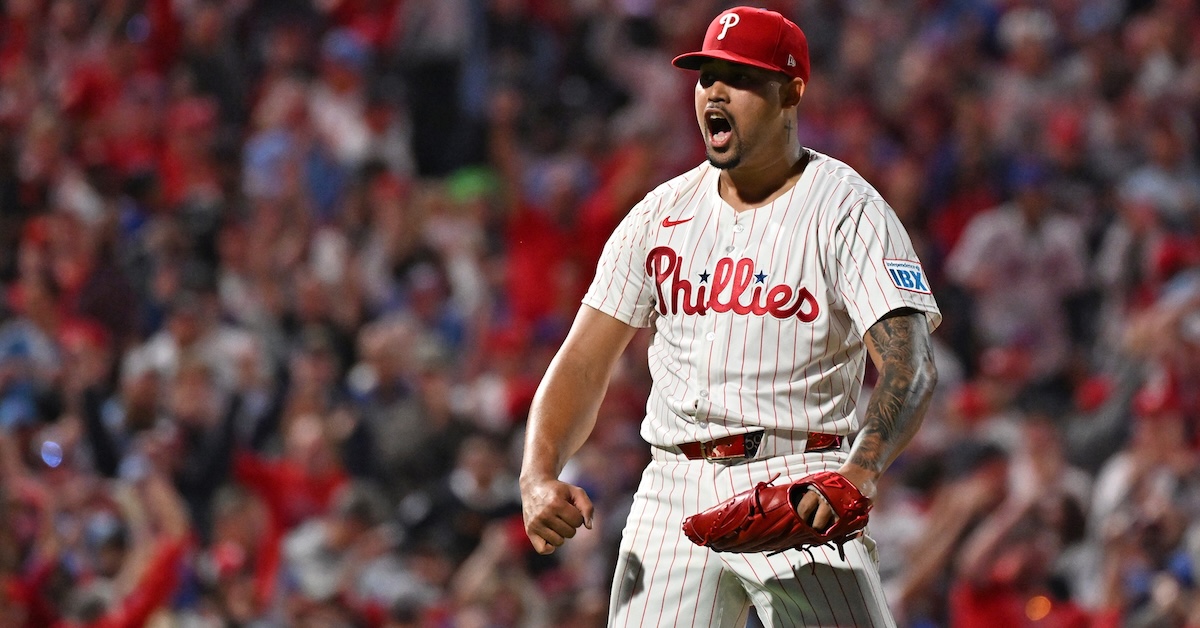Brandon Mann Addresses a Bevy of Miami Marlins Changeups
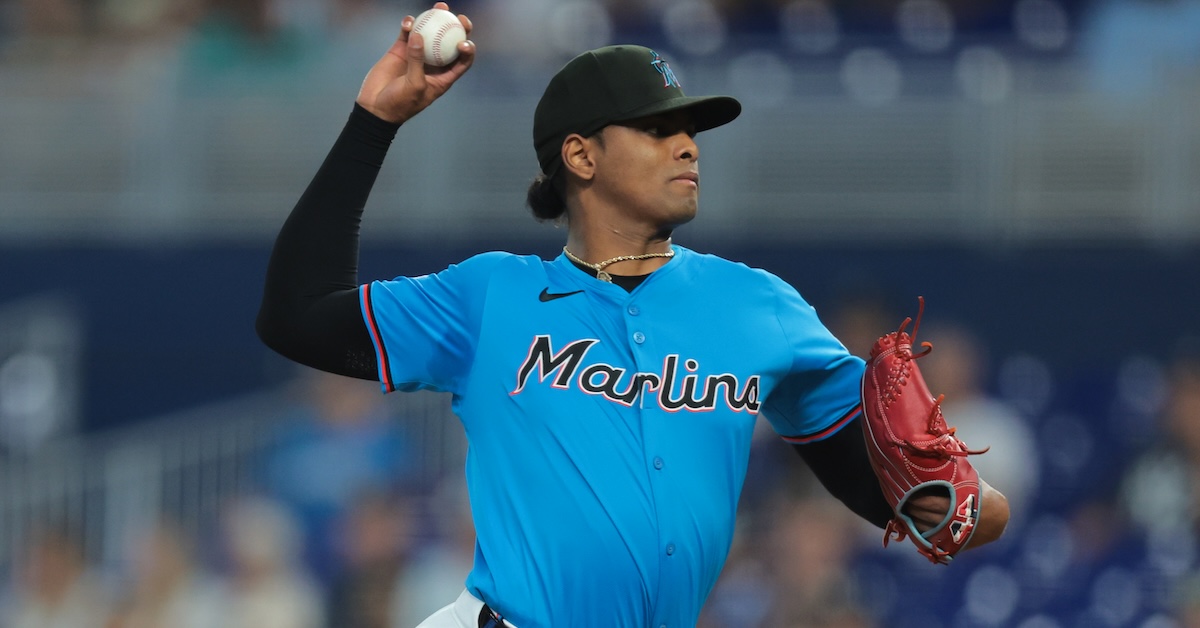
Brandon Mann’s playing career was coming to a close when he was featured here at FanGraphs in June 2020. A southpaw whose professional experience spanned 17 seasons — including part of 2018 with the Texas Rangers — he was soon to turn from hurler to tutor. Mann served as a pitching coordinator for the KBO’s Lotte Giants in 2021, then spent the next two years as a trainer and pitching coordinator at Driveline. His last two season have been in Miami. Mann joined the Marlins as a pitching strategist in 2024, and this year he is their bullpen coach.
Given his background and expertise, as well as my being intrigued by some of the talented arms on the Miami pitching staff, I made it a point to catch up with Mann when the Marlins visited Fenway Park in mid-August. I wasn’t sure exactly what we’d talk about, but I knew that it would be a good pitching conversation. We ended up focusing on changeups and splitters.
———
David Laurila: You just told me that Edward Cabrera has a unique changeup. What makes it stand out?
Brandon Mann: “The most unique part is how hard it is [94.2 mph, per Baseball Savant]. The movement profile is similar to a sinker, although it has a little bit more depth than sinkers in general. It’s really more of the spin. Say he throws a changeup and a sinker and both are 96 [mph]. The movement profiles would be almost identical, but the changeup is going to fall off more because it’s got as much as 600 fewer rpm. That’s super unique.
“I don’t know if the movement gives it justice when you actually see… say it’s three [inches] of induced vertical break and 16 [inches] horizontal — and then he throws a sinker at six and 18. They’re the same velo, and the sinker stays up, but the changeup falls off, and somebody swings and misses at it. A lot of that is the spin component. Again, it’s similar velo, but anywhere from 500 to 600 rpm less spin. Read the rest of this entry »
